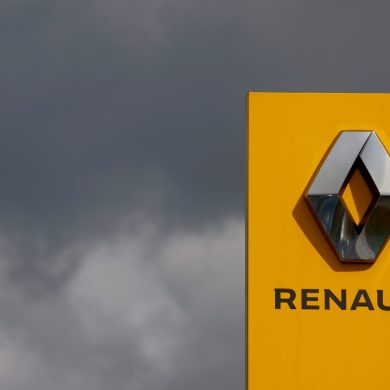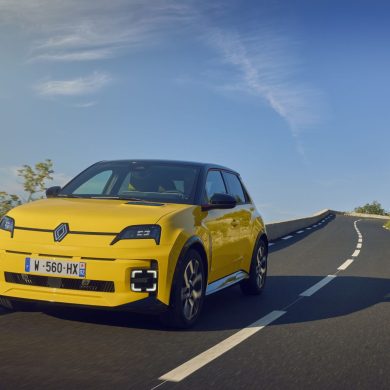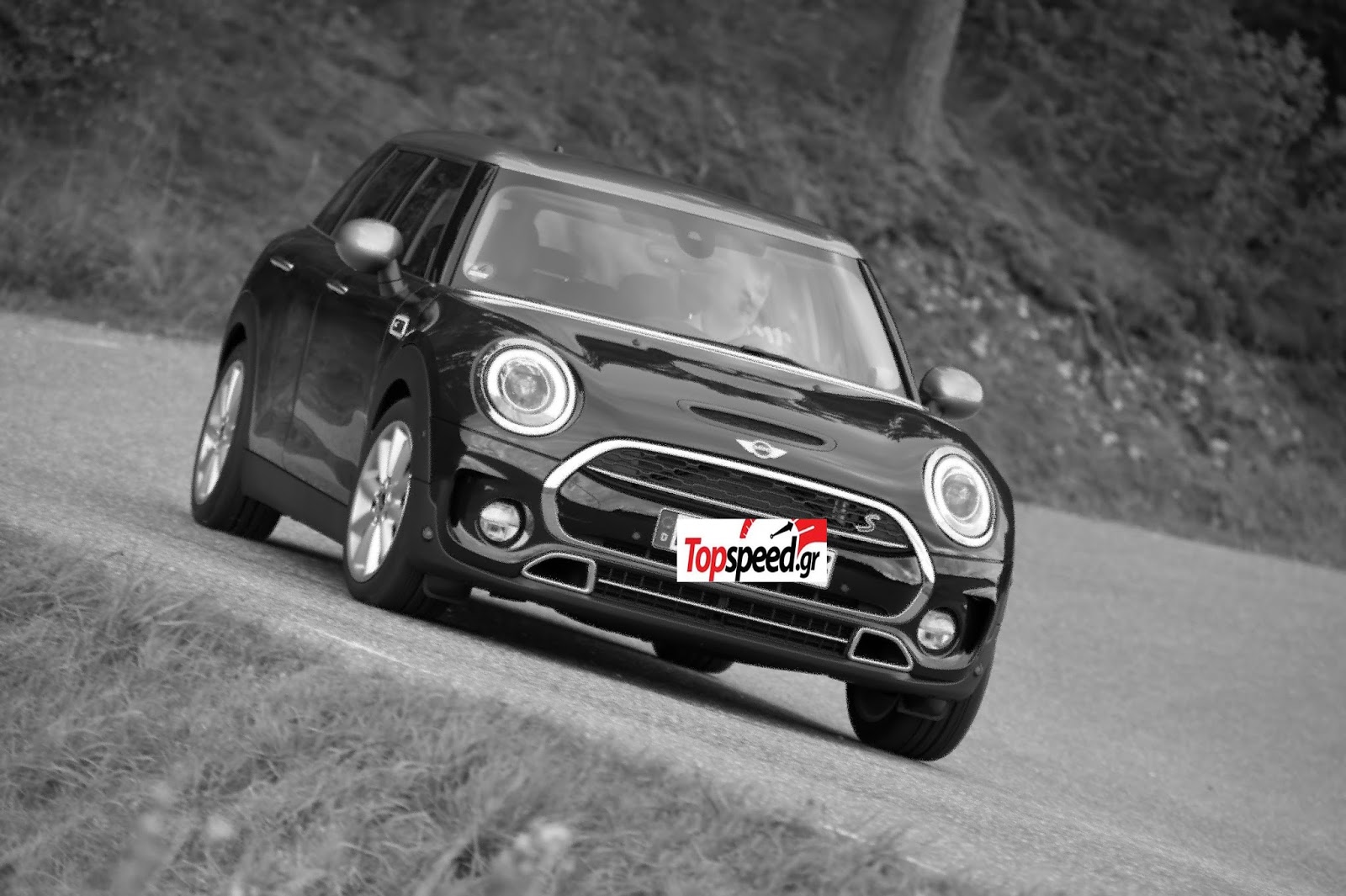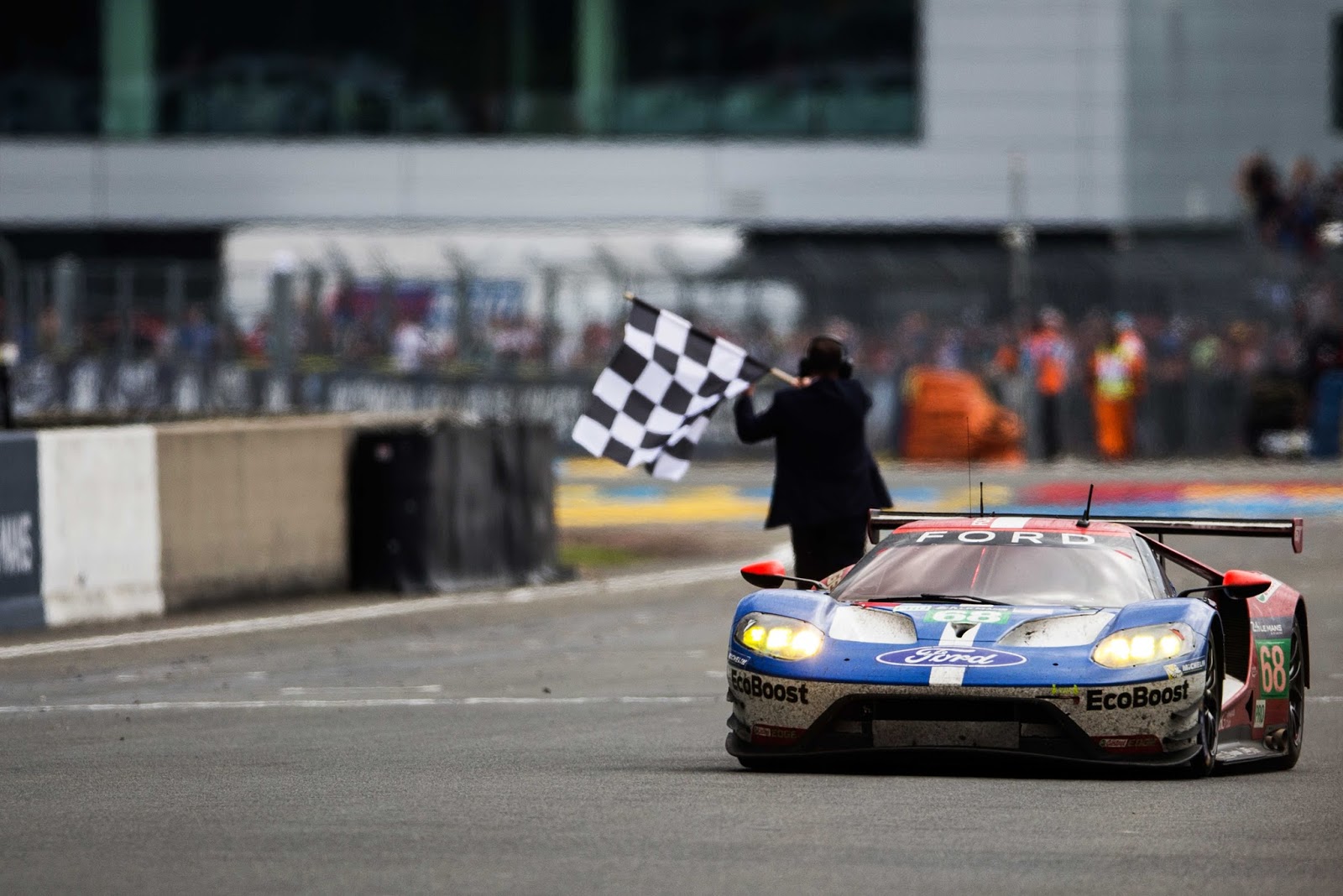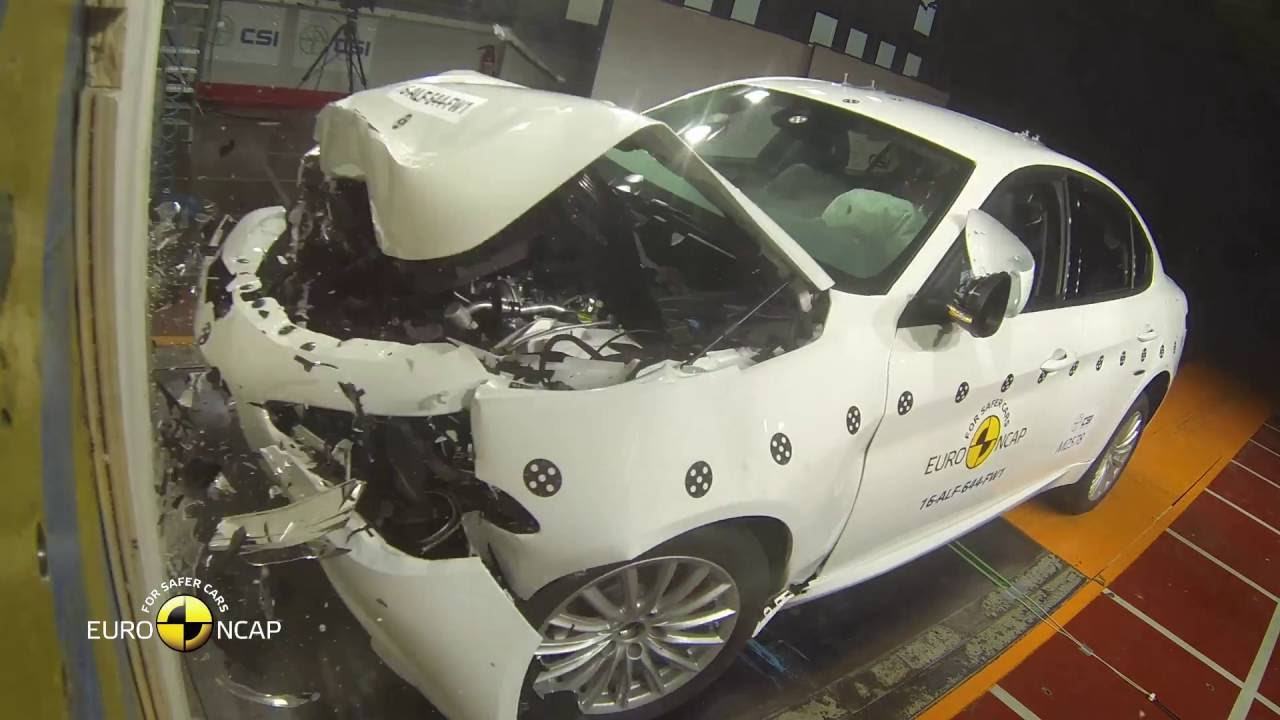
The performance of the Alfa Romeo Giulia in the Euro NCAP crash tests, is not only the best answer to the rumors (?) that its launch was delayed due to its failure in crash tests, but also the best news for Alfisti. Because their new "favorite", excelled -also- in this field, prescribing a glorious field of glory ahead of it.
All in all, the Giulia was rated with 5 stars by the European Euro NCAP, receiving an overall rating of 98% for the protection of adult occupants of all ages. And Alfa Romeo rightly boasts that this is the highest score ever achieved by a car, even after the rating system adopted stricter criteria in 2015.
In addition to 98% in adult occupant protection, the Giulia scored 81% in child protection, 69% in pedestrian protection and 60% for safety systems.
According to Alfa Romeo, its new sports sedan has achieved this outstanding result mainly due to two key elements: firstly, the adoption of a wide range of innovative safety systems, and secondly, the performance of a body that is both light and rigid, through the extensive use of ultra-lightweight materials such as carbon fibre, aluminium alloy and plastic.
In keeping with Alfa Romeo tradition, the Giulia features a range of innovative technical solutions designed to deliver first-class dynamic qualities that also translate into top levels of safety.
The most advanced equipment includes the Integrated Braking System (IBS) that significantly reduces braking distance (100 km/h at 0 to 38 m for the Giulia and 32 m for the Quadrifoglio), advanced suspension with exclusive AlfaLink technology, and the most direct steering in its class. These features combine to showcase the vehicle's outstanding roadholding and easy, instinctive control in all situations.
Finally, when it comes to driver support systems, the new Giulia represents the latest technology. For example, Forward Collision Warning (FCW) and Autonomous Emergency Brake (AEB) with pedestrian detection are standard on all Giulia versions. With the help of a sensor and a camera integrated in the windscreen, these systems detect the presence of any obstacles or vehicles in the path of the car and warn the driver of the risk of an imminent collision. If the driver fails to react in time, the system automatically applies the brakes to avoid or reduce the severity of the collision.
Thanks to its pedestrian recognition function, AEB is also capable of stopping the car autonomously at speeds of up to 60 km/h, interpreting the information received from the sensor and camera. Standard equipment on all Giulia versions also includes Lane Departure Warning (LDW), which detects unintentional lane changes, while optional equipment includes Blind Spot Monitoring (BSM) and Rear Cross Path Detection, which use sensors to monitor the area around the car and assist the driver during overtaking, changing lanes or exiting car parks by monitoring the movement of surrounding cars.


